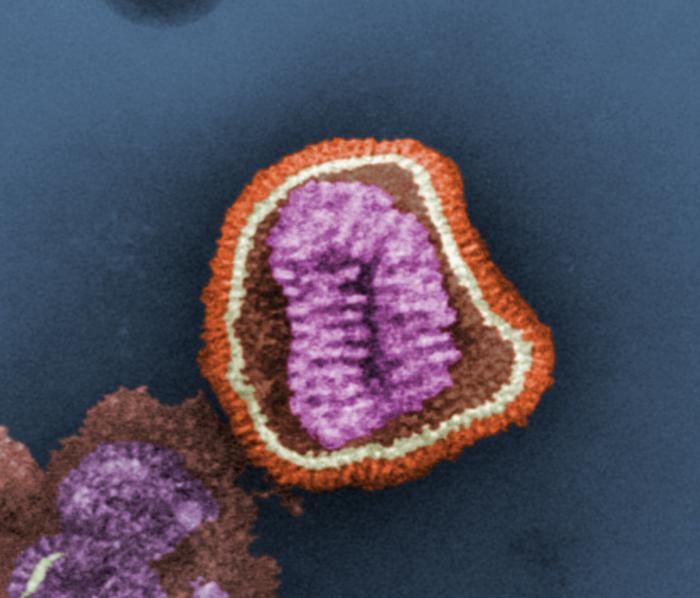Characterization of the haemagglutinin properties of the H5N1 avian influenza virus that caused human infections in Cambodia
High pathogenicity avian influenza (HPAI) H5N1 is a subtype of the influenza A virus primarily found in birds. The subtype emerged in China in 1996 and has spread globally, causing significant morbidity and mortality in birds and humans. In Cambodia, a lethal case was reported in February 2023 involving an 11-year-old girl, marking the first human HPAI H5N1 infection in the country since 2014. This research examined the zoonotic potential of the human H5N1 isolate, A/Cambodia/NPH230032/2023 (KHM/23), by assessing its receptor binding, fusion pH, HA thermal stability, and antigenicity. Results showed that KHM/23 exhibits similar receptor binding and antigenicity as the early clade 2.3.2.1c HPAI H5N1 strain, and it does not bind to human-like receptors. Despite showing limited zoonotic risk, the increased thermal stability and reduced pH of fusion in KHM/23 indicate a potential threat to poultry, emphasizing the need for vigilant monitoring.

